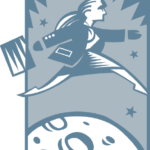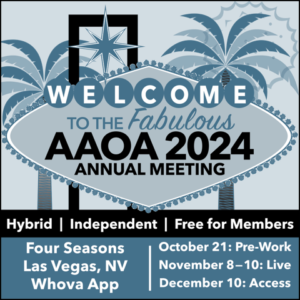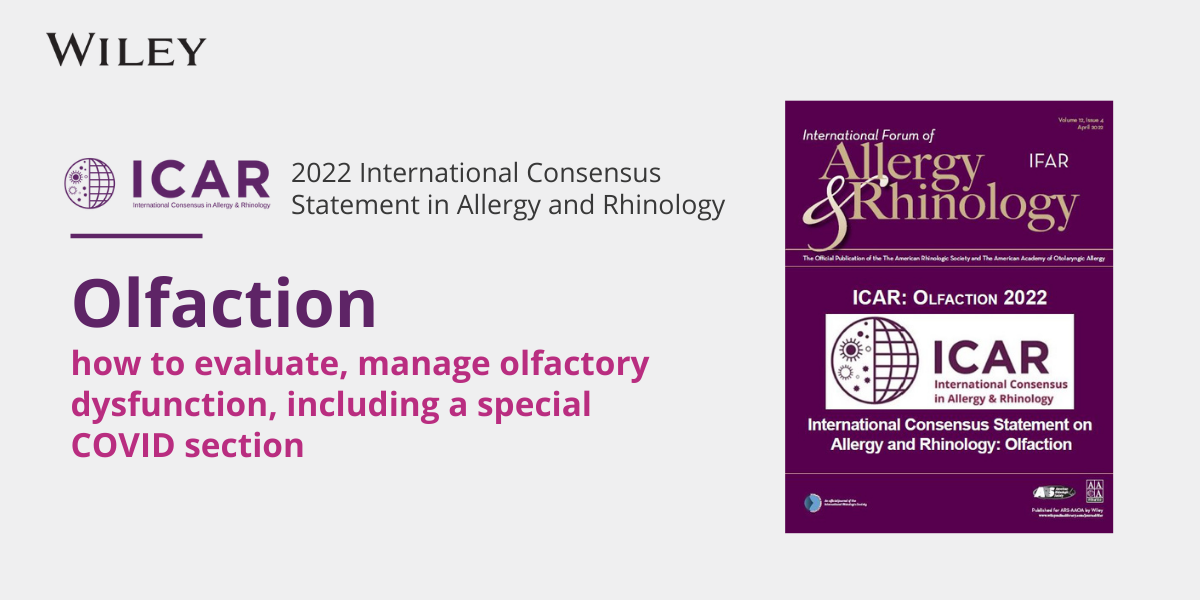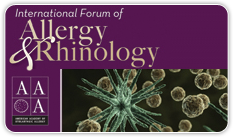Have you heard of the “October Theory”? Apparently, Autumn brings more than falling leaves, pumpkins, and too much candy. Autumn also triggers reflection to bring about transformation. According to Brianna Paruolo, psychotherapist, Autumn sparks a natural inclination for transformation. The…
CEO Update – October 2017
 In Malcolm Gladwell’s schema, innovation requires:
In Malcolm Gladwell’s schema, innovation requires:
- Pure thinkers
- Builders
- Improvisers
In some cases, and he cites Apple, one needs to be both creator and innovator.
The AAOA spent the last several months blending the role of creator and innovator. The radical redesign of the Annual Meeting and the rebuild of our digital platform to create www.AAOAllergy.org are the results of arduously applied innovation.
As a friend shared recently, in order to jump off the ledge of innovation you need to consider not only the risk of moving forward toward change, but more importantly you need to consider what you risk by not jumping and staying with the status quo.
Digital Platform
Taking the leap to rebuild our digital platform was an easier step toward the ledge. We knew we wanted to expand our content to offer more patient education materials. In considering our options, we recognized the value in patient education materials was two-fold. Yes. Offering web-based content for patients would help educate patients on allergy symptoms and therapeutic options. In addition, we could create tools to help our members educate their patients on allergy symptoms and therapeutic options to help allow our members to have resources and tools to engage their patients in disease management decision making and improved patient compliance. Once we landed here, and since we landed here in the middle of MACRA, MIPS, compounding issues, and so much more, we realized we had an opportunity to expand on our member resources by both creating new tools and filtering resources, such as AMA and CMS MACRA materials, for our members. Add on the results of our recent member surveys. The answers to the question, “What keeps you up at night?” lies in the realm of practice management/business of medicine challenges. Groups are merging, hospitals and systems are buying practices, day-to-day costs of running a practice are shifting. We know our members are good clinicians and our portfolio of educational programs offers the tools needed to stay abreast of the science and evidence of patient care. We saw an opportunity to augment member value with more practice-based resources. One new pilot we are developing as a new member tool is a SLIT Cost Calculator. Thanks to the work of Bill Reisacher, MD, we have a prototype design to help clinicians calculate the costs of providing sublingual immunotherapy to consider the costs of SLIT vs SCIT in their practice and the costs of both for the patients to help offer patients choices. If you would like to be part of our beta test pool, please contact Elisabeth Herzfeld at aaoa@aaoaf.org. Our digital platform is built to serve you. Please let us know what content or resources would be valuable.
2017 Annual Meeting Radical Redesign
The leap for our Annual Meeting was a little more daunting. We knew we continue to compete with our peer organizations and attendees are pulled in multiple directions. We also knew that our typical member is in private practice in general ENT and is looking for translational education that helps them in their day-to-day practice. Building on this, we re-designed the meeting to expand our content offerings and delve into new and creative ways to teach with a more peer-to-peer co-learner experience. Attendees in Chicago experienced a whole new Annual Meeting. Kicking off the program with a pragmatic panel on “How do I make SLIT work in my practice?” set the stage for a very interactive meeting. We flipped the classroom with our Content Meets Culture tours, blending a clinical topic with a tour of some of Chicago’s iconic sights. On Saturday, we ran a full day of concurrent practice management topics from contract and payor discussions to panels discussing practice efficiencies, staffing resource efficiencies, and marketing. These sessions ran concurrently with the re-designed ReCAP (Review of Core Allergy Principles), offering attendees the opportunity to jump from session to session. Sunday we continued applying new teaching formats with Rapid Fire Learning and Cases, Conversations, and Collaborations — both segments focusing on specific clinical topics and practical case management. Within our faculty expertise we featured leading scientists in allergy, recognized practice management consultants, and key otolaryngology leaders. Blended into the meeting we featured unique networking opportunities, from the Annual Business Meeting Town Hall forum and lunch and our healthy start morning sessions allowing attendees to get to know each other while running or doing yoga to our Chicago showcase events at the Chicago Art Institute and Taste of Chicago exhibitor reception. Based on the early feedback, our experiment was a success. Members were thrilled with the opportunity to engage in practice management topics and learn from peers both within otolaryngology and allergy and immunology to help better understand current practice trends and evidence. The out-of-the-classroom experience augmented the learning experience. One participant commented that he remembers the whole discussion because he was not sitting in a lecture hall watching the sage on the stage.
2018 Annual Meeting
Next year, we are taking our Annual Meeting to Philadelphia September 14—16. Philadelphia offers a great back drop to build on our peer-to-peer co-learning model, expand our content meets culture tours with a blend of American and medical history, and build a program that translates into practical information for you and your practice. We encourage you to let us know what topics would resonate and what you are looking for in terms of educational programming. We are rolling the Annual Meeting cost into your annual dues value, so registration for the meeting will be part of your membership package at no additional cost. In response to your feedback, this will be a stand alone meeting to help eliminate the conflicts many have with the other otolaryngology meetings and make the meeting more accessible. We look forward to seeing you in Philadelphia next year.


 *The 2024 AAOA Annual Meeting is FREE to all AAOA members in good standing
*The 2024 AAOA Annual Meeting is FREE to all AAOA members in good standing

